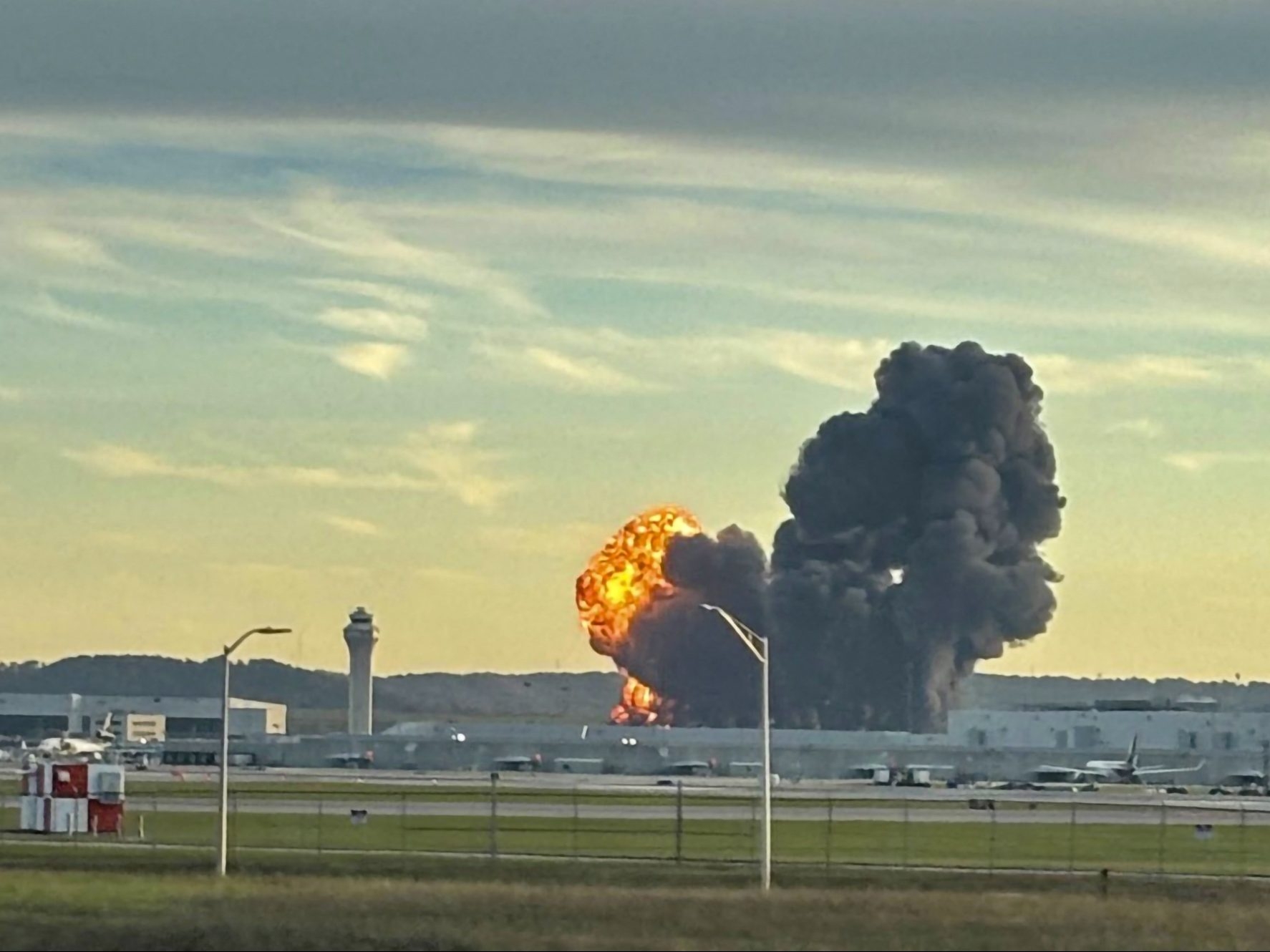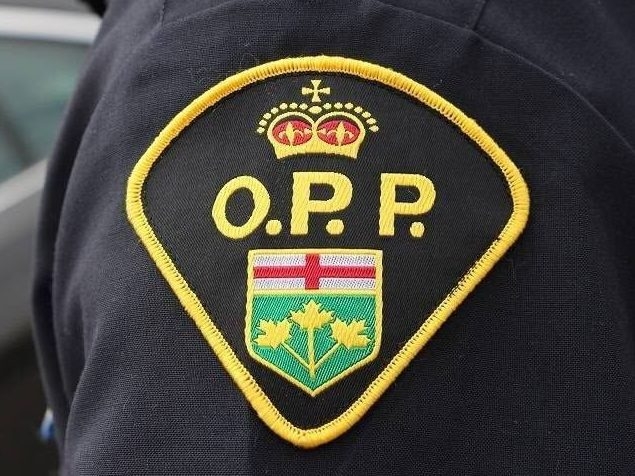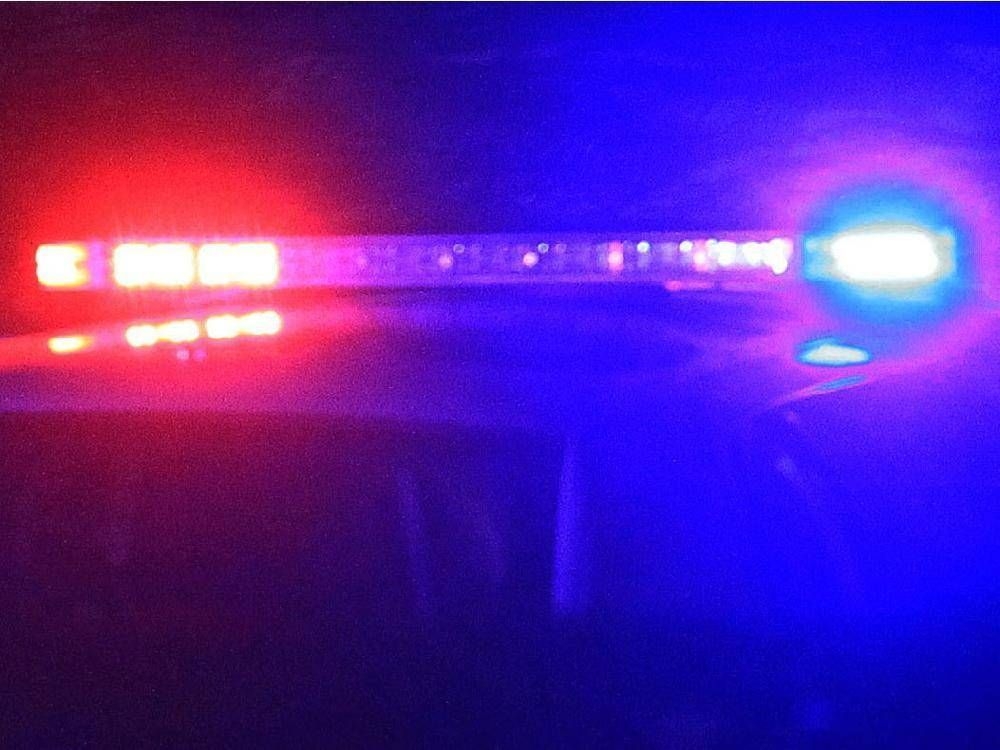A UPS cargo plane, bound for Honolulu, erupted in a terrifying fireball moments after takeoff from Louisville Muhammad Ali International Airport on Tuesday evening. The crash, occurring at the company’s massive global aviation hub, claimed the lives of at least seven people and left eleven others injured, some critically.
Witnesses described a harrowing scene: flames erupting from the left wing of the McDonnell Douglas MD-11, a 1991 aircraft, followed by a brief, desperate climb before the plane slammed back to earth and exploded. The impact was so violent, it shredded the roof of a nearby building.
The tragedy extended beyond those on board. Officials confirmed that four of the seven fatalities were individuals on the ground, highlighting the devastating reach of the disaster. Kentucky Governor Andy Beshear somberly predicted the death toll would likely rise as rescue efforts continued.

Louisville’s largest employer, UPS, immediately halted operations at its Worldport facility, a sprawling complex that processes over 400,000 packages an hour and relies on 300 daily flights. The impact reverberated through the city, as residents anxiously sought news of loved ones.
“We all know somebody who works at UPS,” stated Louisville Metro Council member Betsy Ruhe, capturing the widespread fear and uncertainty gripping the community. The frantic exchange of texts, hoping for reassurance, was tragically met with silence for some.
Aviation experts suggested the plane, carrying a substantial fuel load, was likely struggling to gain altitude when a fire ignited near one of its engines. The sheer volume of fuel transformed the aircraft into a catastrophic hazard, making an explosion almost inevitable.
The blast’s force directly impacted nearby businesses, including Kentucky Petroleum Recycling, which sustained significant damage. An auto parts operation also suffered the consequences of the fiery wreckage. The scene was described by one business owner as resembling a “war zone.”
Amidst the chaos, desperate searches began. Eric Richardson anxiously sought information about his girlfriend, who was working at a metal recycling business near the crash site and had stopped responding to calls. Her phone’s last known location remained within the impacted area.
Bobby Whelan, a friend of Richardson’s girlfriend, recounted hearing an explosion that sounded like a bomb while just a quarter mile away. He and others clung to hope, praying for the safety of their friends who had been nearby.
Videos captured the horrifying spectacle: massive fireballs erupting in succession, followed by towering plumes of black smoke that billowed into the night sky. The sheer magnitude of the event left a lasting impression on those who witnessed it.
Even miles away, the impact was felt. A host at a local Outback restaurant reported a palpable sense of fear and concern among diners, many of whom abruptly left their meals to rush home. The boom had shaken the entire region.
The Louisville airport remained closed, with officials uncertain when operations could resume. A team of 28 investigators from the National Transportation Safety Board arrived to begin the complex task of determining the cause of this devastating crash.





